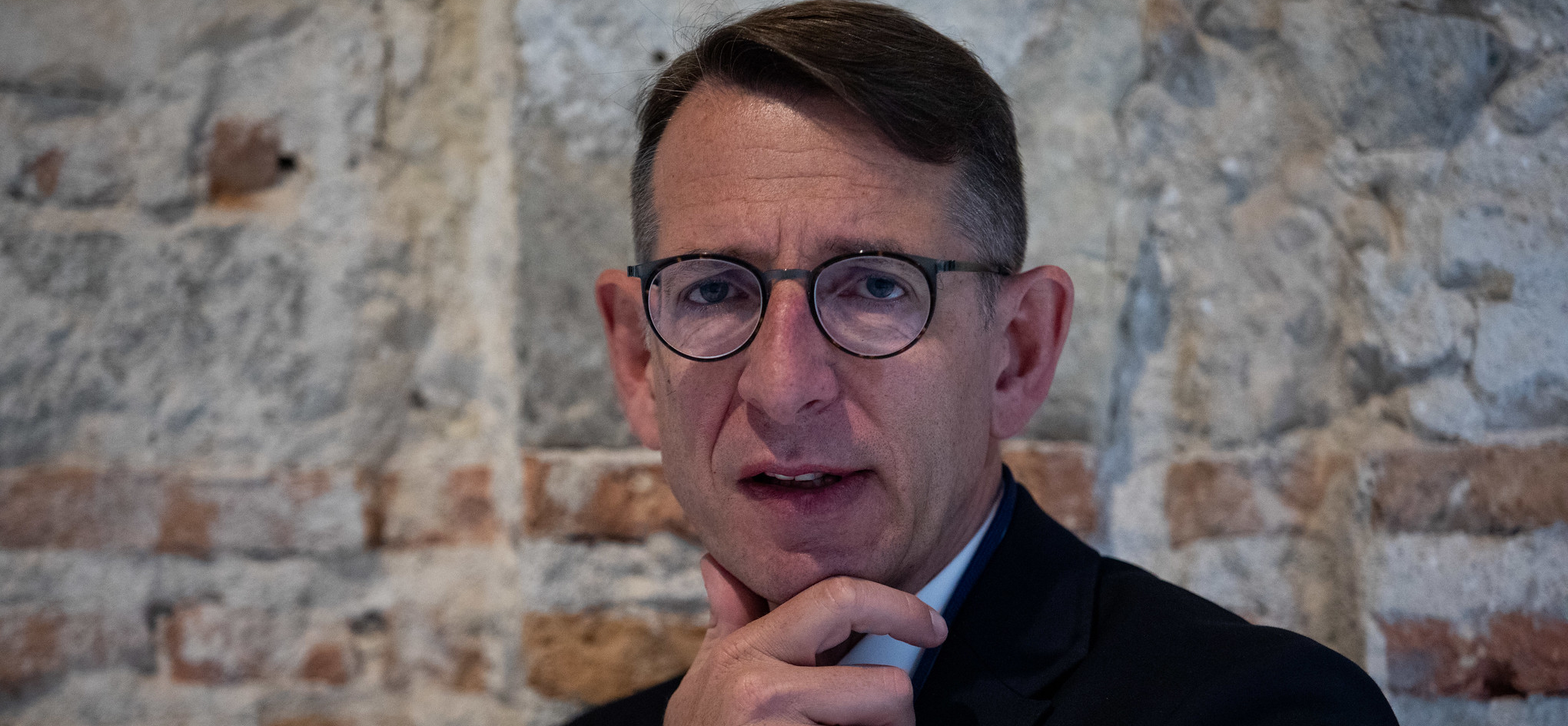The Time for PPPs Is Here
Traditionally, the primary objective of a large company has been to ensure high returns for its shareholders. This was termed as shareholder value. In recent times, however, there is a growing cognizance of maximizing stakeholder returns. Stakeholders comprise several other parties in addition to the shareholders, such as the organization’s employees, its customers and the communities where these enterprises are based.
In fact, the focus is increasingly on conscious capitalism, a concept endorsed by prominent business and political stalwarts. Companies are no doubt obligated to their shareholder’s interests, but in the times to come, consumers will be making their purchase decisions based on long-term value and social impact that companies can or have delivered.
What is Conscious Capitalism?
Organizations are caught in the crossroads where there is excessive short-term focus on profitability versus being able to create value, which is only attainable in the long-term. It is this short-term emphasis of capitalism that may have led to adverse consequences as was evident from the Global Financial Crisis of 2008.

In 2013, in an effort to drive change to this short sightedness, John Mackey, co-founder and co-CEO of Whole Foods Market, and Raj Sisodia, a professor of marketing at Bentley University, Waltham, Massachusetts, entered into a collaboration to take forward their concept of conscious capitalism. They highlighted the importance of business and capitalism working in harmony for the greater good of all stakeholders of an organization, and not pursuing profit as the sole driving force. Mackey and Sisodia were of the opinion that business enterprises must fulfill a purpose that is beyond just ensuring shareholder returns; rather they argued that a company’s vision must surpass financial goals alone.
Can Public-Private Partnerships Create a Social Dimension to Capitalism?
In keeping with the objective of maximizing stakeholder value, the public-private partnership or PPP model stands to offer a social aspect to capitalism. Its basis is the stakeholder theory and there are numerous examples of successful PPP models worldwide. In the case of an emerging economy such as India, an example of a successful PPP model was a telemedicine initiative in the southern state of Karnataka. The Government of Karnataka, the Narayana Hrudayalaya Hospital in Bangalore and the Indian Space Research Organization initiated an experimental tele-medicine project called ‘Karnataka Integrated Tele-medicine and Tele-health Project’, a web based healthcare initiative. Boasting satellite connections, this model operates from the Coronary Care Units (CCU) of certain district hospitals. These units are connected to the Narayana Hrudayalaya Hospital. Patients are first examined by a general practitioner and then by an online specialist located at the main hospital. Should the patient require surgery, the individual is then transferred to the main unit; otherwise he or she is administered treatment by the CCU.
Tele-medicine has been much discussed, all the more so in economies with aging populations. It has been accorded top priority by the Ministry of Health in Singapore in conjunction with the European Chamber of Commerce, which represents private pharmaceutical companies. In the case of developing nations, it provides access to areas that are underserved or un-served. The key aspect that makes tele-medicine all the more relevant is that it allows for an aggregation of medical records, charts, x-rays and medical procedures conducted on patients.

Adopting a PPP model in healthcare, for instance, does extend the possibility of furthering a social cause while making a profit. After all, profits too are necessary for the sustenance of any enterprise.
Cooperation Between the Public and Private Sector
The public and private sectors can enter into agreements to ensure economic and social benefit for their citizens. There are, without doubt, several instances when such initiatives did not see the light of day. However, successful PPP cooperation can be traced back to 15th century Italian city-states. This model has been found to be effective for high budget and high visibility projects, typically requiring social and technical expertise. With the public and private sectors working together, there is wide possibility to build synergies, develop competencies, while also ascertaining the creation of an effective framework for alliances and cooperation.
There is higher probability for a successful outcome when community stakeholders and experts are engaged from the very outset. However, as Isabel Marques de Sá, Chief Investment Officer for Public-Private Partnerships, International Finance Corporation, World Bank Group, notes, “to succeed in a PPP, a political champion is critical. It might be a key minister. In certain countries, it requires firm commitment of the president of the country. It has to be someone who can bring the stakeholders along and has the power to make decisions.”
Looking Ahead
Business enterprises must accord priority to stakeholder value over shareholder value alone. Consumers too are growing increasingly aware and will support companies that adhere to a practice of maximizing value for its employees, customers and the community they are based in. Governments and the private sector must form associations that benefit citizens at large, for only in doing so will there be inclusive development.



